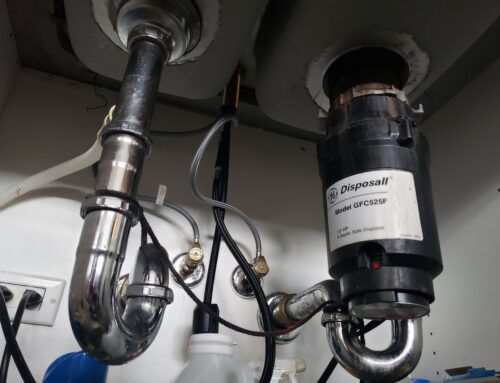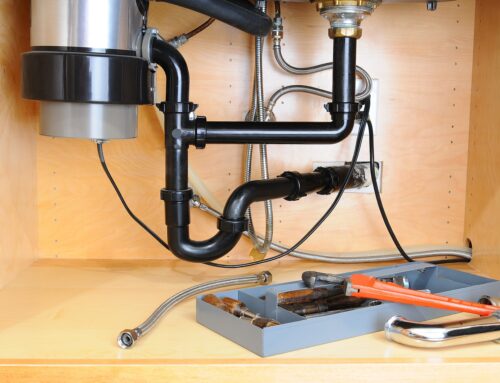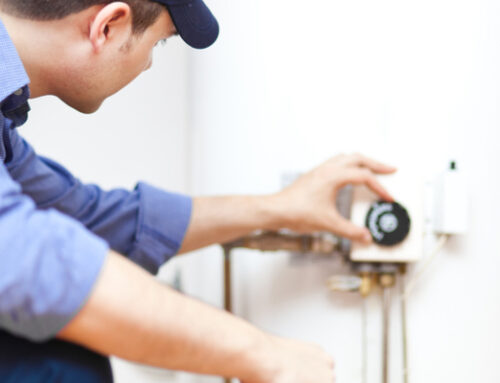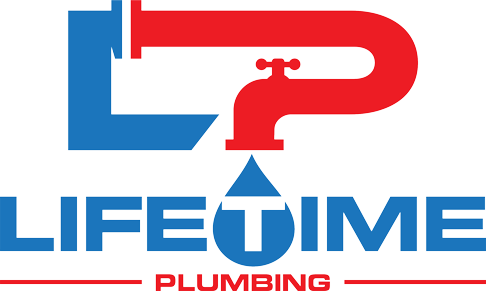Table of Contents
What is Calcium Buildup
Calcium buildup, also known as hard water stains, is a common problem that many households face. It can be a nuisance not only for its unsightly appearance but also for the potential damage it can cause to your faucets. We will explore everything you need to know about calcium buildup on your faucets, including its causes, effects, prevention, and removal methods.
Imagine having a sparkling, clean bathroom, only to find white, crusty deposits on your faucets. These deposits, often resembling a chalky substance, are calcium buildup. If you live in an area with hard water, the chances are high that you have encountered this problem before. Over time, calcium deposits can lead to clogged faucets, reduced water flow, and even damage to your plumbing fixtures if left untreated.
What causes Calcium Buildup on Faucets
Before diving into the prevention and removal methods, it is essential to understand the root cause of calcium buildup. Hard water, a result of high mineral concentration, is the primary culprit behind this issue. When water contains excessive amounts of minerals like calcium and magnesium, they can accumulate on various surfaces, including your faucets. As the water evaporates, it leaves behind these minerals, resulting in an unsightly limescale buildup
Effects of Calcium Buildup on Faucets
The effects of calcium buildup go beyond mere aesthetics. While the white, crusty appearance might be unappealing, there are several consequences associated with this problem:
Reduced water flow: As calcium buildup accumulates in your faucets, it narrows the passages through which water flows. Over time, this can lead to reduced water pressure, making everyday tasks like washing hands or dishes more challenging.
Clogging: If left untreated, calcium buildup can also cause faucet clogs. This occurs when the deposits become so extensive that they obstruct the water flow altogether, requiring professional intervention to restore functionality.
Damage to fixtures: Over time, the accumulation of calcium deposits can weaken your faucets and other plumbing fixtures. The minerals in hard water can erode the internal components of your faucets, leading to leaks, dripping, or the need for costly repairs or replacements.
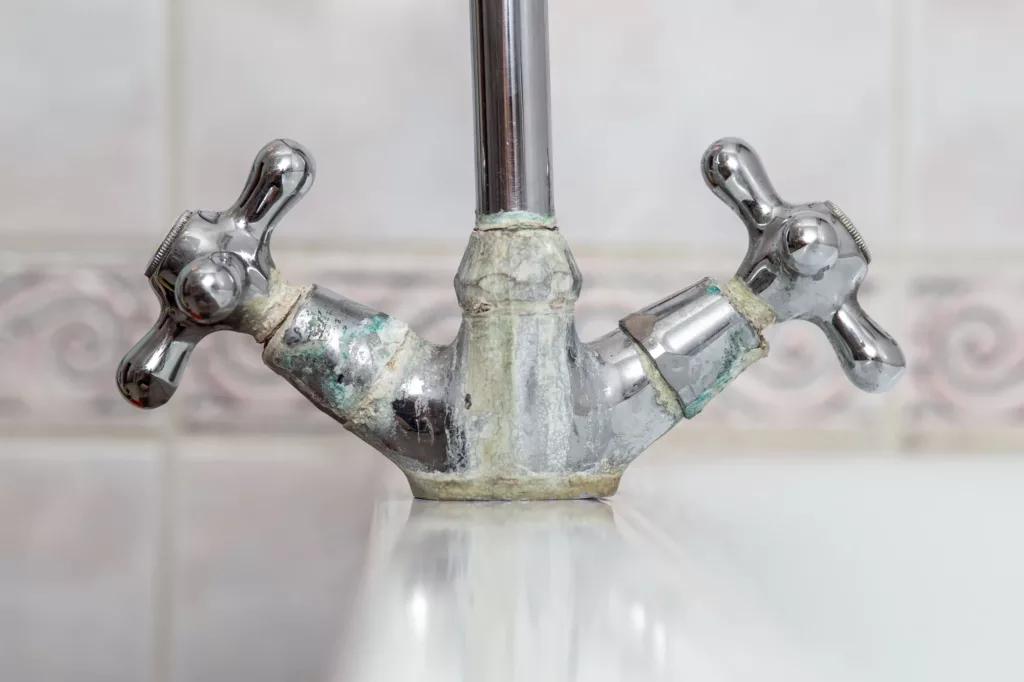
Prevent Calcium Buildup
While calcium buildup is a common issue, there are several preventative measures you can take to prevent it:
Install a water softener
Consider investing in a water softener system for your home. These devices utilize ion exchange to reduce the concentration of minerals in the water, effectively preventing limescale from forming. Consult a professional plumber to determine the right system for your household’s needs.
Use vinegar solutions
Acidic solutions, such as vinegar, are excellent natural remedies for preventing calcium buildup. Regularly clean your faucets by soaking a cloth or sponge with a mixture of vinegar and water, then gently scrub the affected areas. This can help dissolve the existing calcium deposits and prevent its future formation.
Wipe faucets dry
After using water, wipe down your faucets with a dry cloth or towel. This simple step helps prevent any lingering moisture that could contribute to the formation of calcium buildup.
Use a water filter
Install a water filter on your faucet or invest in a pitcher with a built-in filter. These devices can effectively remove impurities present in hard water, mitigating the risk of calcium deposits.
Remove Calcium Buildup
If calcium buildup has already formed on your faucets, don’t worry; there are several ways to remove it:
Commercial descalers: Various commercial descaling products are specifically designed to remove calcium buildup. These solutions often contain mild acids that dissolve the calcium deposits. Follow the manufacturer’s instructions carefully when using these products.
Baking soda and vinegar paste: Create a paste by mixing equal parts of baking soda and vinegar. Apply the paste to the affected areas and let it sit for a few minutes. Then, scrub gently with a cloth or sponge. The abrasive nature of baking soda helps to loosen the calcium buildup while the vinegar dissolves it.
Lemon juice: Lemon juice, known for its acidity, can be an effective natural remedy for calcium deposits. Squeeze fresh lemon juice onto a cloth or sponge and apply it to the affected areas. Leave it for a few minutes before scrubbing and rinsing with water.
Plastic bag method: For difficult-to-reach areas, you can use the plastic bag method. Fill a plastic bag with vinegar or a descaling solution, then secure it around the faucet with a rubber band or tie. Leave it overnight to allow the solution to break down the calcium deposits. In the morning, remove the bag, rinse the faucet with water, and scrub away any remaining residue.
Final thoughts
Calcium buildup on faucets is a common annoyance that can easily be managed with the right preventive measures and removal techniques. With regular maintenance and a little bit of effort, you can keep your faucets sparkling and functioning optimally while preventing the detrimental effects of calcium buildup.
Contact your local drain cleaning expert if you need further advice on what to do, by calling (773) 595-1867! Lifetime Plumbing, your licensed plumber in Chicago is available to solve all your plumbing problems. Lifetime Plumbing can also assist you with emergency plumbing, commercial plumbing, residential plumbing, installing and repairing water heaters, fixing water leaks, gas leaks, drain cleaning and tankless water heater repair and installation.

